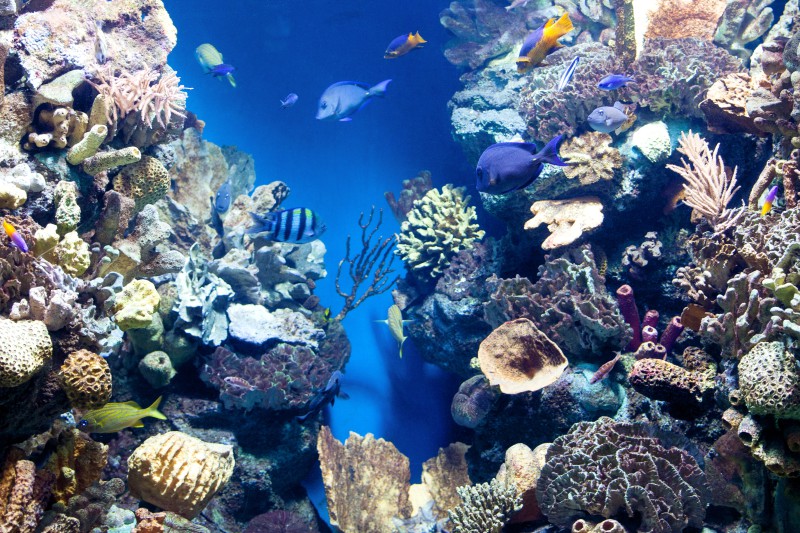News
What can we learn from WoRMS? A remarkable insight into 600 marine species described between 2017-2021.
Added on 2023-07-25 10:49:34 by Vandepitte, Leen
Roughly four weeks ago, a paper was published where one of our WoRMS editors dives into the metrics of new marine species discovery. The onset for this work was given five years ago, when Prof. Philippe Bouchet approached the WoRMS and MarineRegions Data Management Team with a not so everyday request for a scientific collaboration, involving WoRMS, and a deep dive into species descriptions.It all started with a relatively simple request in early 2018: “Can you randomly extract 600 marine, recent species from WoRMS, all described between 2013 and 2017?”. As this list was extracted, additional requests and ideas were formulated, and a scientific collaboration was shaped, involving DMT input & research, according to hypotheses formulated by Prof. Bouchet.
The result is a scientific paper: ‘Marine biodiversity discovery: the metrics of new species descriptions’, fully based on this random selection of 600 marine species, described between 2013-2017, in combination with the collected extensive metrics on these 600 species. This has revealed some interesting insights that can potentially trigger similar, more in-depth analyses on what thrives in our oceans and what is still being discovered and described on a yearly basis.
The study shows that the newly described species in that time-window, predominantly benthic crustaceans, annelids, or mollusks, measure between 2 and 10 mm in size. They thrive in tropical regions, dwelling at depths ranging from 0 to 60 meters. Scientists have typically characterized these species using 7 to 19 specimens in their descriptions. It not only reveals insights on new species itself, but also on the taxonomists describing these species: the authors are often wanderers, not tied to institutions in the very regions where these new species originate.
Not only the diversity of marine life is highlighted, but the first author also underscores the need for collaborative efforts among scientists, institutions, and policymakers. By surmounting technological, educational, institutional, and regulatory barriers, we can expedite the pace of discovery, deepen our understanding of marine species, and ensure their conservation for generations to come.
The paper is Open Access, available at Frontiers in Marine Science.
Image by Yaroslav Danylchenko on Freepik.

The result is a scientific paper: ‘Marine biodiversity discovery: the metrics of new species descriptions’, fully based on this random selection of 600 marine species, described between 2013-2017, in combination with the collected extensive metrics on these 600 species. This has revealed some interesting insights that can potentially trigger similar, more in-depth analyses on what thrives in our oceans and what is still being discovered and described on a yearly basis.
The study shows that the newly described species in that time-window, predominantly benthic crustaceans, annelids, or mollusks, measure between 2 and 10 mm in size. They thrive in tropical regions, dwelling at depths ranging from 0 to 60 meters. Scientists have typically characterized these species using 7 to 19 specimens in their descriptions. It not only reveals insights on new species itself, but also on the taxonomists describing these species: the authors are often wanderers, not tied to institutions in the very regions where these new species originate.
Not only the diversity of marine life is highlighted, but the first author also underscores the need for collaborative efforts among scientists, institutions, and policymakers. By surmounting technological, educational, institutional, and regulatory barriers, we can expedite the pace of discovery, deepen our understanding of marine species, and ensure their conservation for generations to come.
The paper is Open Access, available at Frontiers in Marine Science.
Image by Yaroslav Danylchenko on Freepik.

[Overview] [Login]